When someone says they need to get more flexible, the automatic response seems to be “you need to try yoga!”
But is yoga really that great at reshaping a rigid, stiff body into a bendable, stretchy one? Stretching and yoga do indeed go hand-in-hand. But it is also a conditioning workout that requires constant attention to avoid stretching too far.
“A strong body cannot exist without a strong mind. A flexible body cannot exist without a flexible mind. A relaxed body cannot exist without a relaxed mind.” ~ Jesse Enkamp
What Yoga Does For Your Body & Your Flexibility
The asanas in yoga are specifically designed to simultaneously strengthen and stretch the entire body. As you move through a series of postures, various parts of the body receive toning while others are gently pulled and massaged. By doing so, a wonderful environment for increased flexibility is created in the body. Plus, as the muscles are strengthened, this stretching aids in the reduction of potential injury.
Since yoga is always asking us to go beyond what is comfortable, it puts us in the correct mindset for pushing the envelope of our body’s present state. If you find yourself unable to do regular static stretches but are quite bendy in yoga, it may be because you are more warmed up and less inhibited!
The Elastic Edge
All of the stretchy connective tissue in the human body has what is called an “elastic edge.” This means that muscles, ligaments, and tendons have a specific length that they can stretch to before they have to return to resting state. Muscles have a higher stretching threshold than tendons and ligaments. Once the elastic edge has been passed, you are in injury territory.
Yoga helps enhance the elastic edge through slow, measured movements. Rather than ballistic stretching which pushes the elastic edge dangerously, yoga gently raises the limits. Through a fulfilling practice, the elastic edge can be overrode without damaging the body. The only downside is that our sense of the elastic edge can diminish. So always be mindful of the body and know your personal limits.
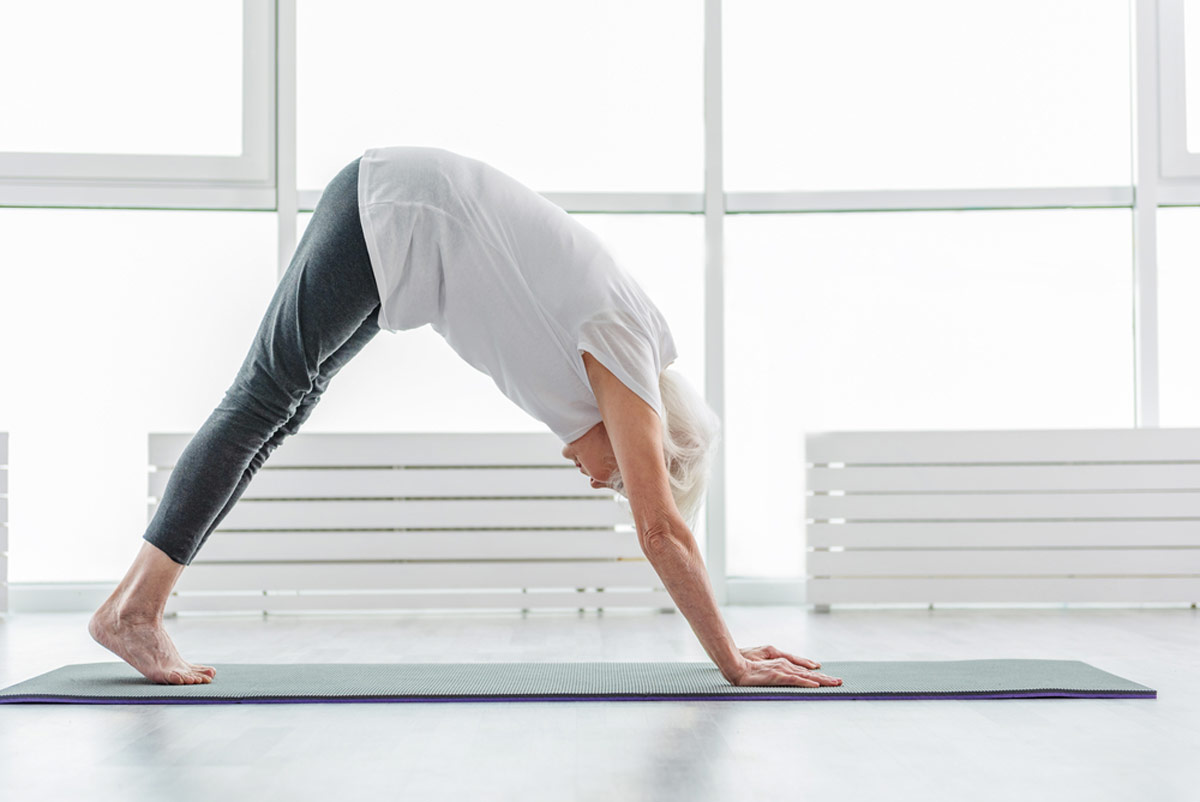 The Age Factor
The Age Factor
Yoga is one of the best ways for the elderly population to maintain their flexibility and quality of life. As people age, the collagen found inside connective tissue, as well as the ligaments, tendons and joints, starts to become brittle and rigid.
However, yoga has been found to actually slow down this aging process and even begin to reverse it. Progressive stretching, like yoga, is therapeutic. For older people, flexibility is best trained in a yoga class. Beginning with a gentle warming practice that helps get the body loosened up slowly. Joints need to be eased into their full range of motion and properly cooled down.
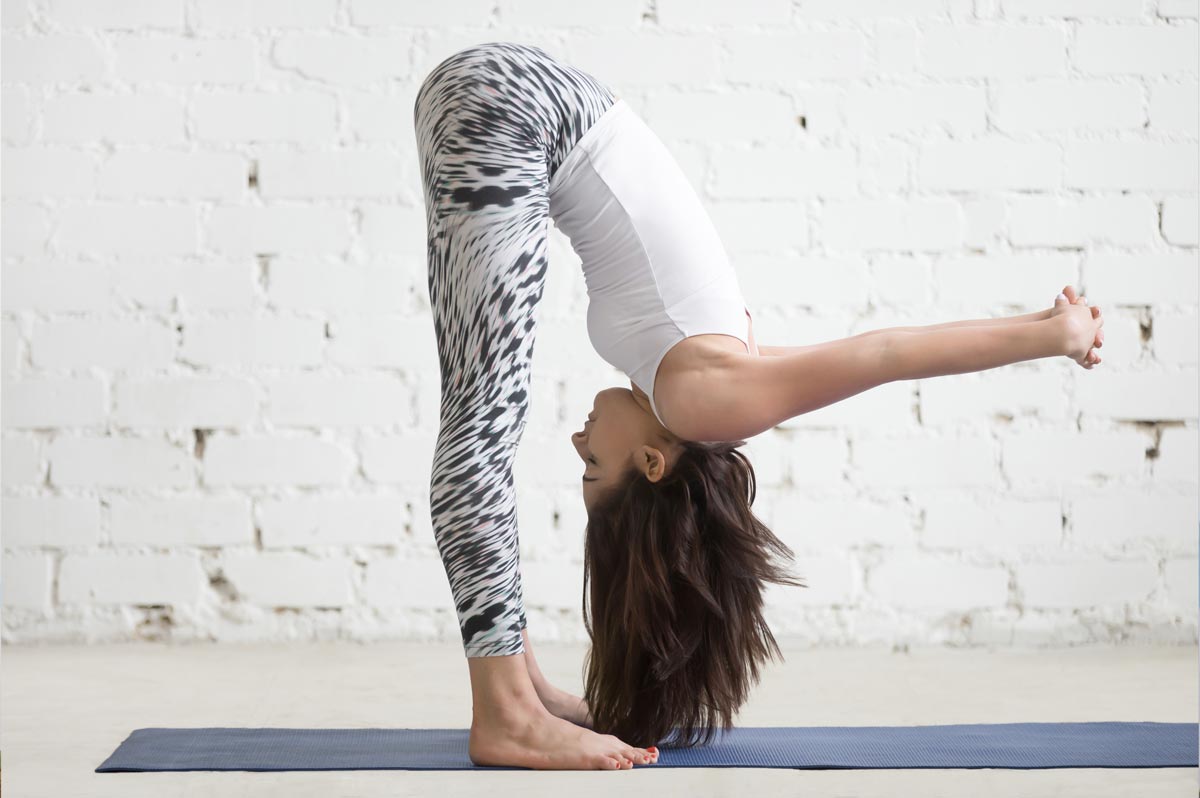
When you train the entire body, you gain more than just physical balance…
Incorporating yoga into your life is a guaranteed way to develop a sense of balance, unity, and flexibility in every facet of your life. Just as opposing muscle groups work together to hold you in a pose, you learn how to tie ends together and open new doors. In short, yoga is flexibility.
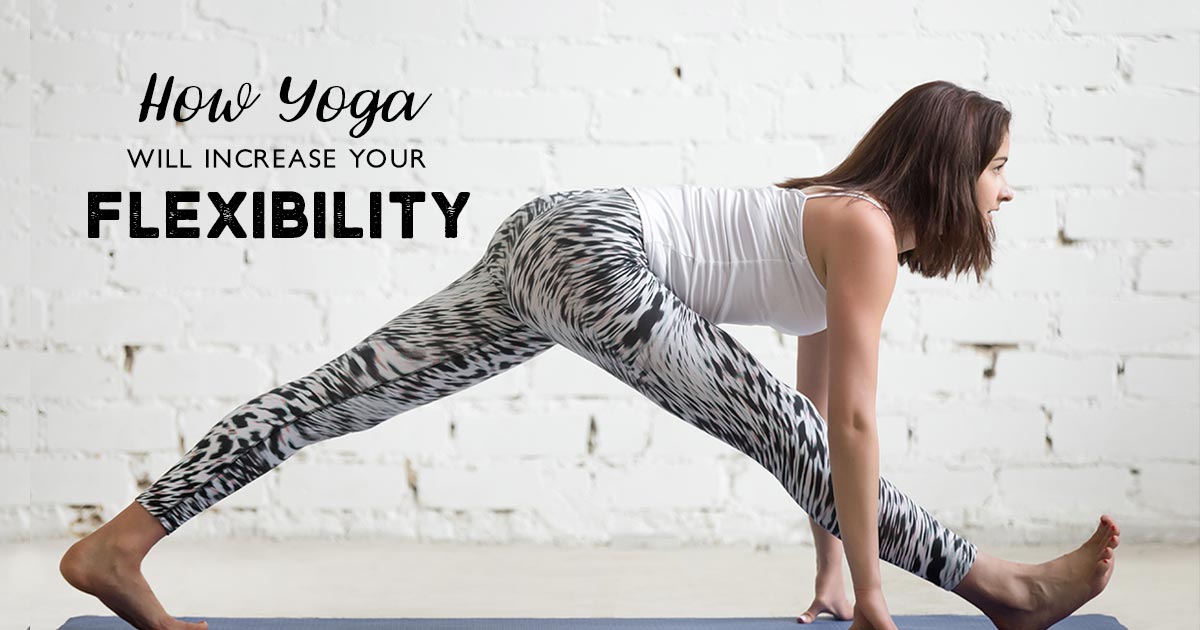
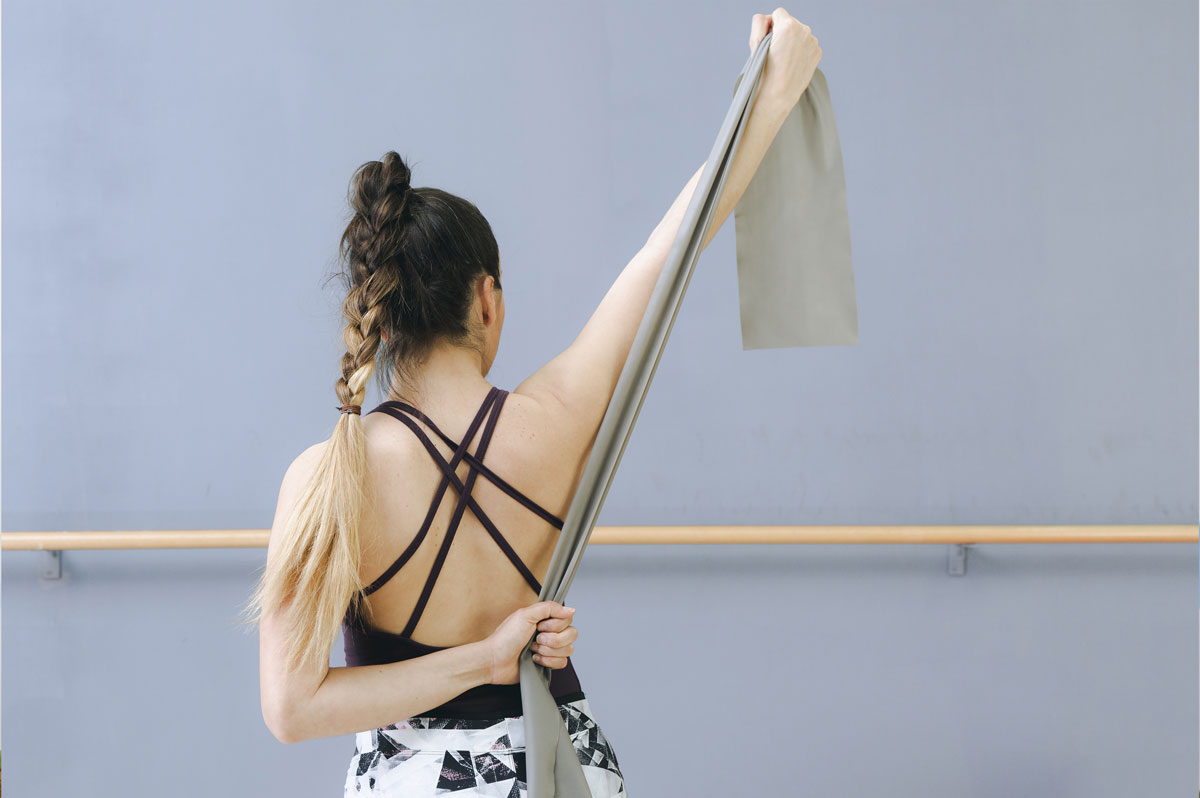
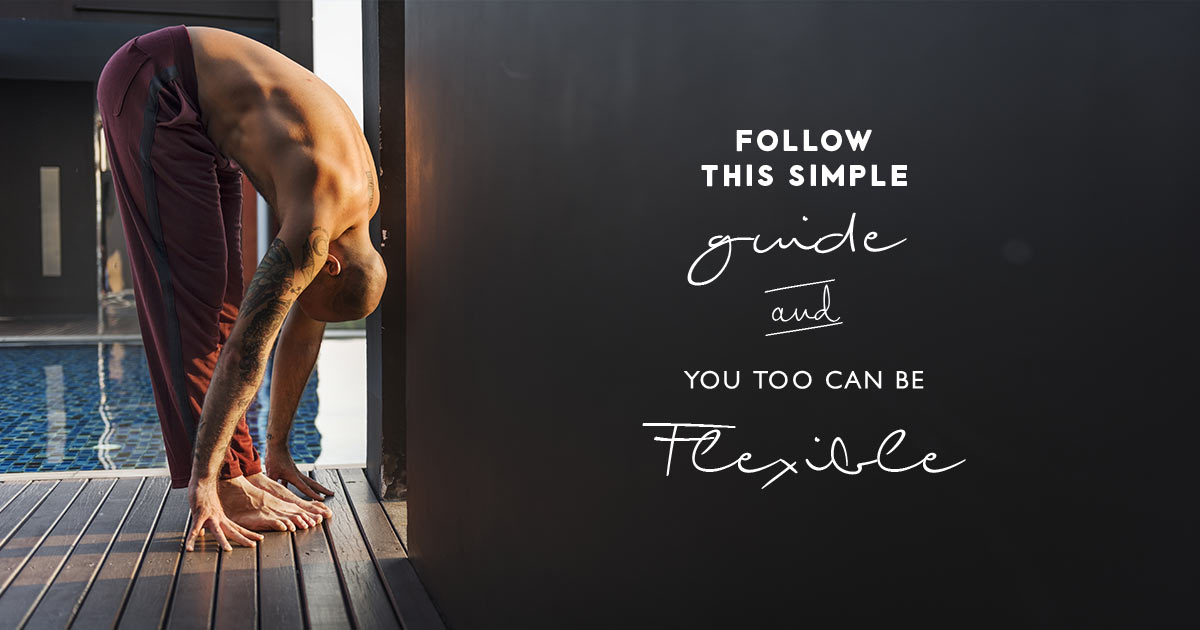
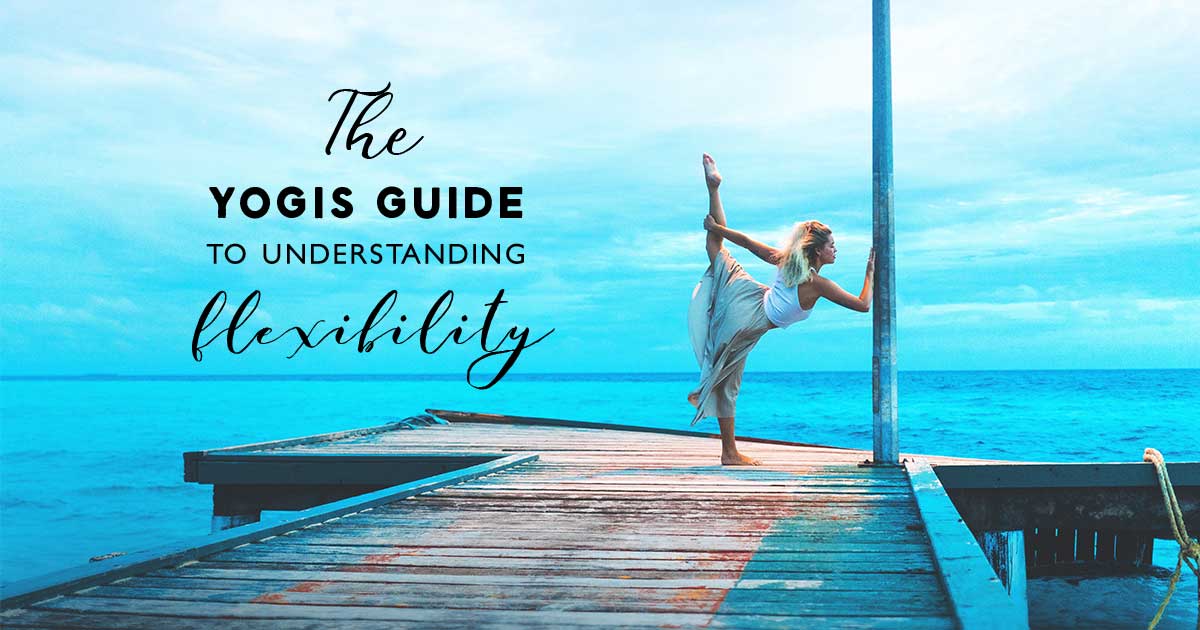

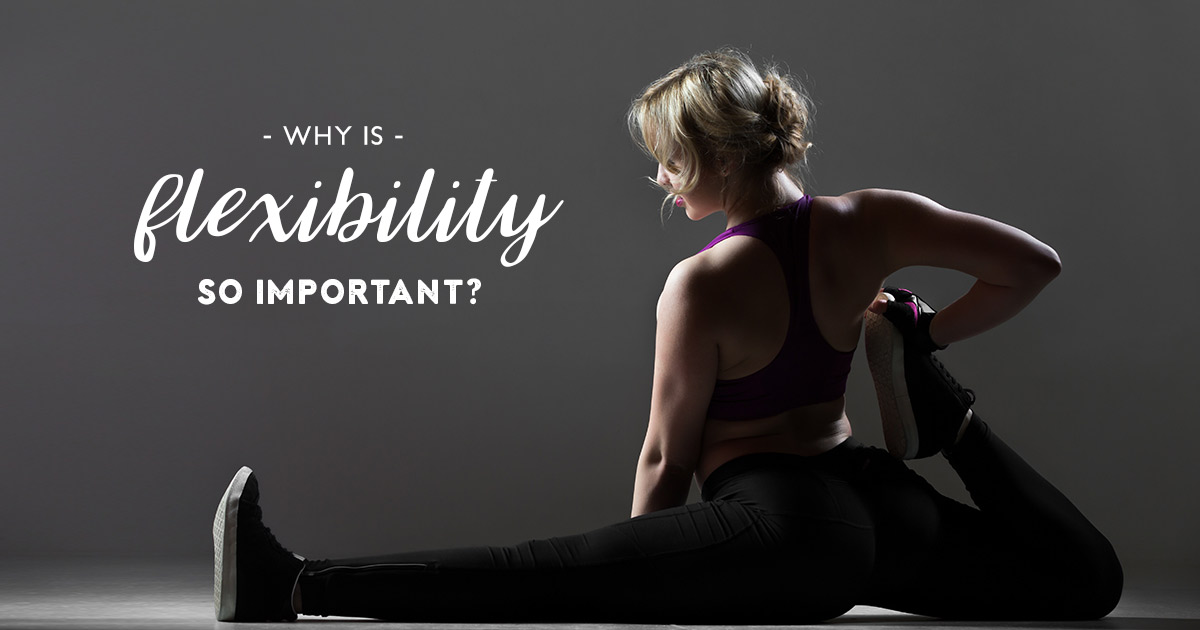
Leave A Comment